Simple Ideas for Introducing & Exploring Functions in Middle School
Not sure where to start as you begin a study of functions? Here are 5 simple ideas for teaching functions in math class in ways that will make sense & engage your students.
How do you introduce the idea of functions to middle school students? Most textbooks jump right to a definition such as “a relation in which each element of the domain is paired with exactly one element of the range.” What!? An 8th grade student (especially one who is apathetic towards math) is going to fall asleep hearing that. Rather than telling students math-y definitions, or even showing them lots of examples and talking at them, I prefer to give students problems and tasks that they can explore and discuss on their own. Then I can help clarify or clear up misconceptions as they needs arise.
Exploring functions is no different. So today I’m going to share a variety of tasks and ideas for helping students make sense of functions, function representations, & function rules so they are ready to focus on linear functions in particular.
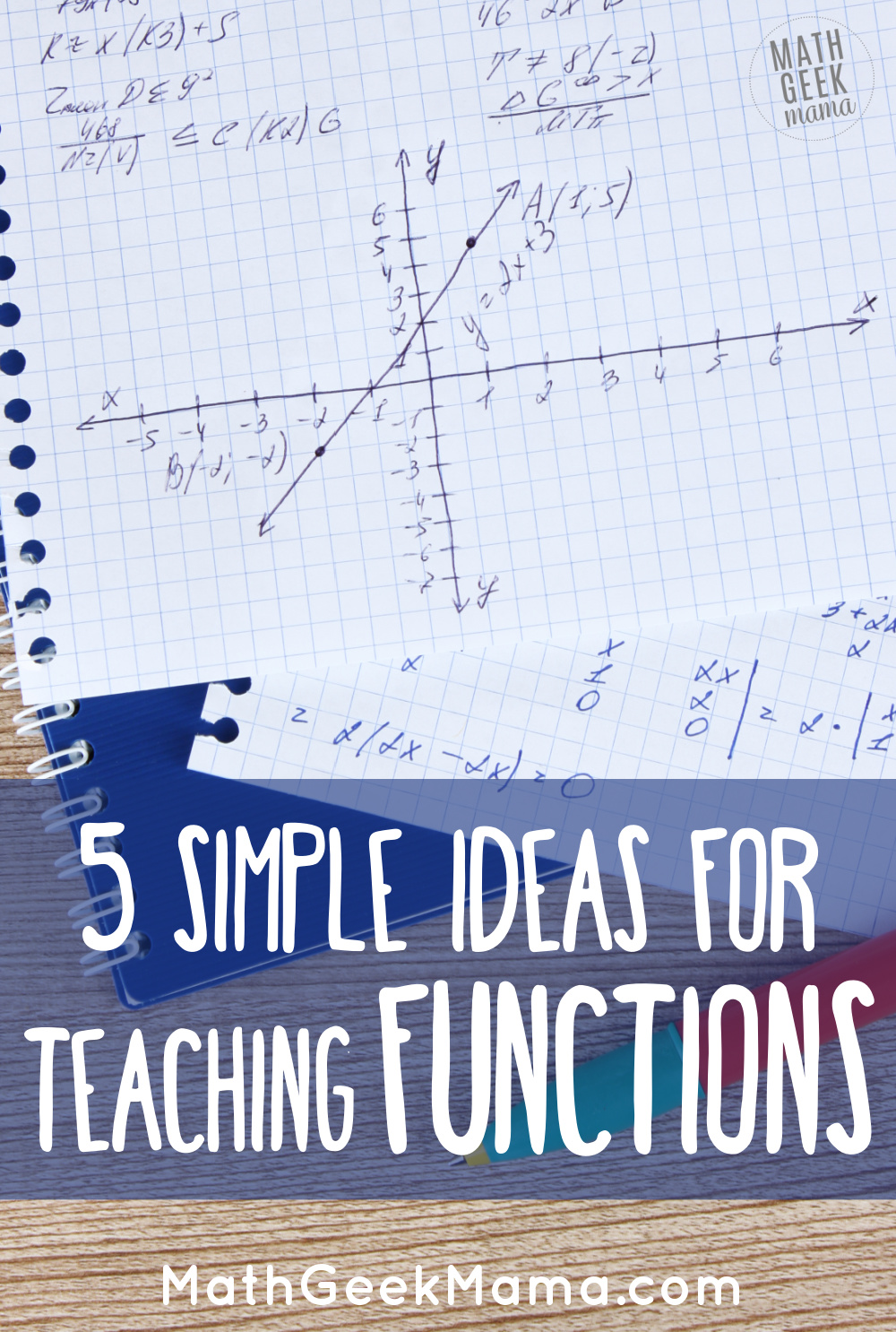
5 Simple Student-Centered Ideas for Teaching Functions:
1. Relations Sorting Activity
One very simple warm-up idea is to give students a matching sort challenge.
This sort includes 8 different matching sets. Each set includes 3 different representations of functions, such as ordered pairs, tables, graphs, equations & descriptions.
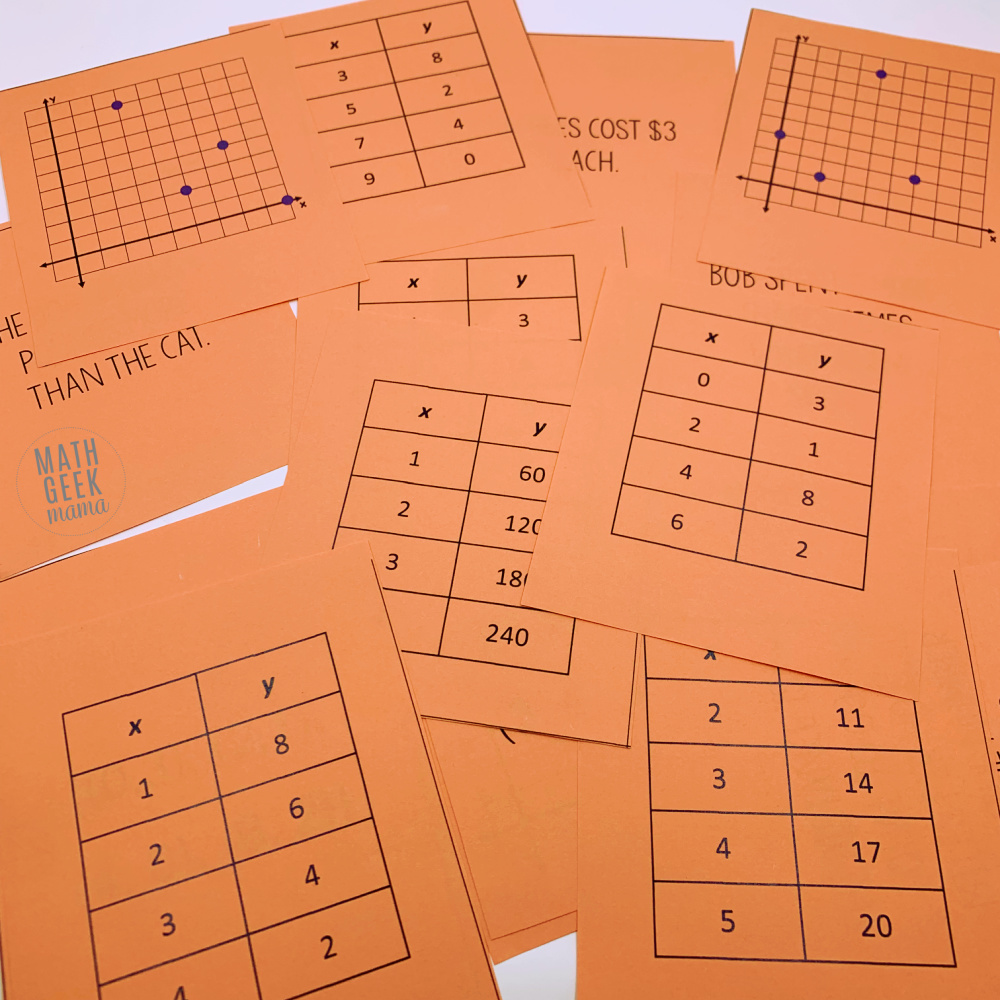
The goal of this activity is to help students see that relations & functions can be represented in different ways. This is important because often students learn algebra in isolated pieces & never get the chance to connect the dots. My goal with this is to help them see that each representation is equivalent, and to show them how visual models (such as tables & graphs) relate to more abstract forms such as descriptions and equations.
2. What is a Function: Vending Machine Model
If there is one math concept that I see students mix up more than anything, it is determining whether a relation is a function or not.
They understand that “something can’t repeat” and so they try to memorize (or they simply guess on those questions–since the answer is usually ‘yes’ or ‘no.’).
The problem is that this doesn’t give them a solid conceptual understanding of what makes a function unique. And thus, their attempt to memorize does no good.
Instead, I introduce functions using a vending machine analogy.
Let’s review what it means to be a function: every input has exactly one output.
When we think about what this means at a vending machine, it means that you cannot put $1 into the machine and get both a Sprite AND a Coke.
You can only get ONE drink with your dollar.
On the other hand, I can put in $1 and get a Coke, and then you can also put in $1 and get a Coke.
We can both purchase a Coke, because we are two different people, with two different dollars.
So how does this relate back to functions?
Well, what that looks like with ordered pairs is this: an x-value cannot have two different y-values. For example, you cannot have the points (3, 5) and (3, 7).
But you CAN have these two points: (3, 5) and (7, 5).
Once that basic understanding is laid, I look at what this means on the graph. What we see when an x-value has more than one y-value is that the points are on top of each other.
This leads to a discussion of the ‘vertical line test’ or the ‘pencil test’ that is often taught to help students determine functions.
Once they understand that a single $1 cannot give 2 different drinks, it’s easy to connect that with the visual on the graph, and then this ‘test’ becomes more meaningful as well (and more likely to be remembered).
A simple set of guided notes to introduce functions with the vending machine analogy is included in this Introduction to Functions resource.
3. What’s My Rule? Functions Game
Once students understand what a function is, I like to play this simple game as a warm-up to connect a function rule to the set of inputs and outputs.
This game can be played with 2-3 players and is such a fun challenge.
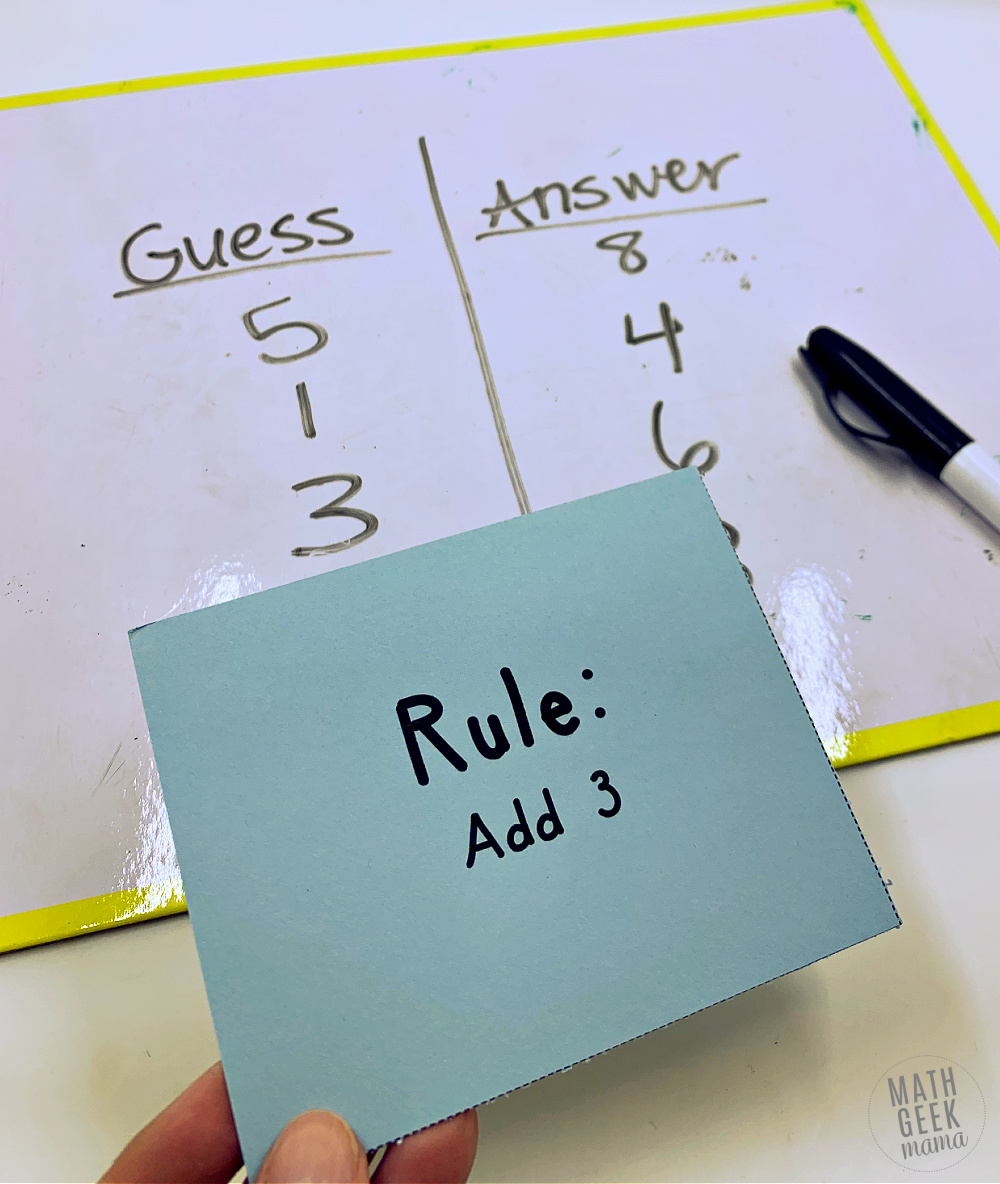
To begin, one player secretly chooses a function rule (described in words, such as “add 3”).
Then they only players choose inputs (or ‘start’ numbers) and the player with the rule gives them the output. After choosing a few inputs, players must try to determine what the general rule is.
The goal of this game is to help students make connections between a description and the inputs/outputs of a function, to look for patterns and to think about evaluating functions to create a table of values.
Although writing a function rule using algebra (or function notation) can feel intimidating for students, this game helps them see that it’s not as scary (or new & foreign) as they think.
It also allows for some great math discussions and really pushes their algebraic thinking as they try to find a pattern or rule that works for EVERY input in the table.
Learn more about how to play the function rules game and grab the FREE download in this article.
4. Compare Functions with Function Tables
Once students understand what functions are and how to interpret and write function rules, they begin creating tables to prepare for graphing functions.
In this simple math center game, students can work independently to practice evaluating and graphing functions, as well as comparing those that are linear to functions that are not linear.
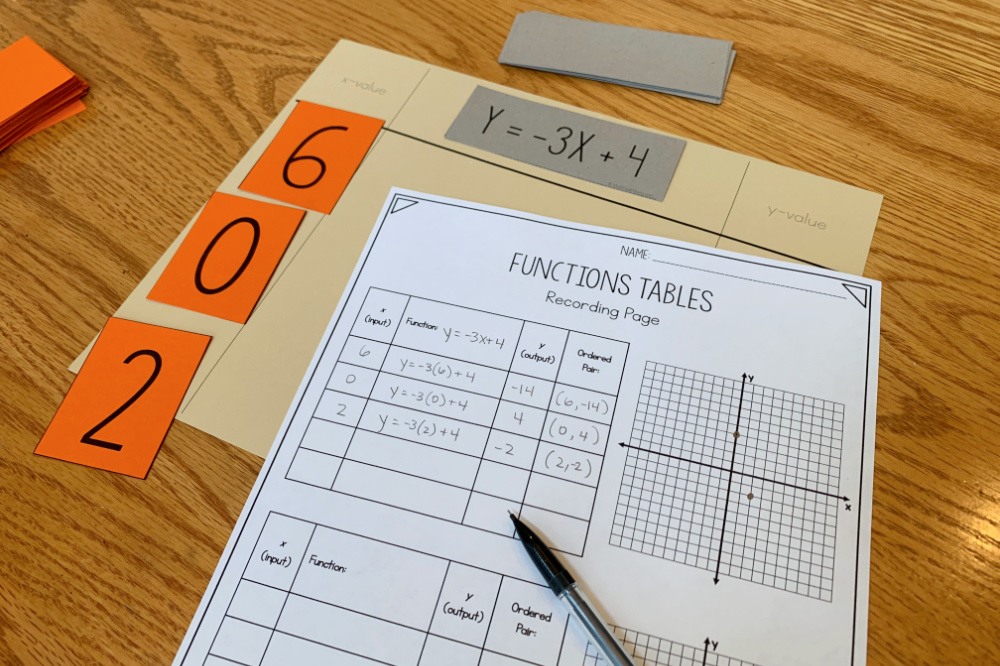
But it also includes a simple partner game which allows students to compare functions with another student. This will help them to look more closely at equations and how inputs affect the outputs.
One goal of the partner challenge is also to help students think about what the graph of the function will look like without actually graphing it.
What do they notice about the points they generate? Do they seem to be increasing or decreasing? Will the graph be linear or non-linear? How can they tell?
These are the types of questions you can discuss with students as they create function tables and compare functions.
5. Functions Scavenger Hunt
Lastly, I want to share a resource that provides a fun review of all the skills discussed above. This classroom scavenger hunt allows students to work with a partner & get up and move as they practice creating tables, writing function rules and comparing linear v. non-linear functions.
This resource also includes 2 pages of additional functions practice, which you can assign independently. Each page includes ‘functions four ways,’ requiring students to represent a given function with 4 different representations.
This is to reinforce all that they’ve seen and learned about functions and to again help them see the relationships between different representations.
Use this as an extra in class assignment, as homework, extra credit or in your sub plans to help students review & deepen their understanding of function representations.
Learn more and grab the Functions Scavenger Hunt Set HERE.
Of course, this list of just a starting point, but hopefully this gives you some new ways to engage your students and some fun ideas for teaching functions.
And maybe it even gives you ideas for more ways to teach and explore functions that you haven’t thought of before.
Did you love the ideas shared here? Each of the resources above (and SO many more!) is included in Math Geek Mama+, an all-access, ad-free membership for teachers in grades 5-8.
LEARN MORE ABOUT MATH GEEK MAMA+ HERE!
Find more resources for making middle school math fun & purposeful:
- Writing Algebraic Expressions: FREE Practice Pages
- Summer Algebra Review: Solve Equations Practice
- Graphing Linear Equations: Cut & Paste Worksheets {FREE}
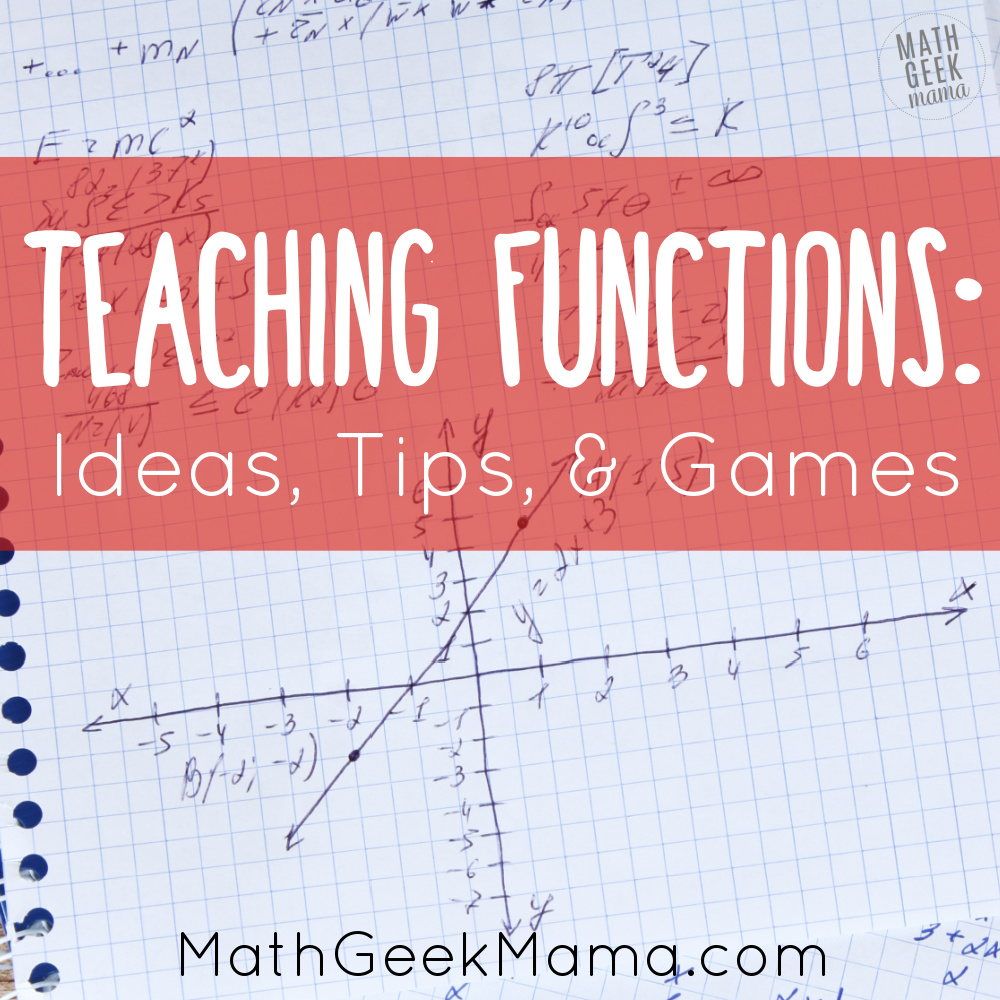


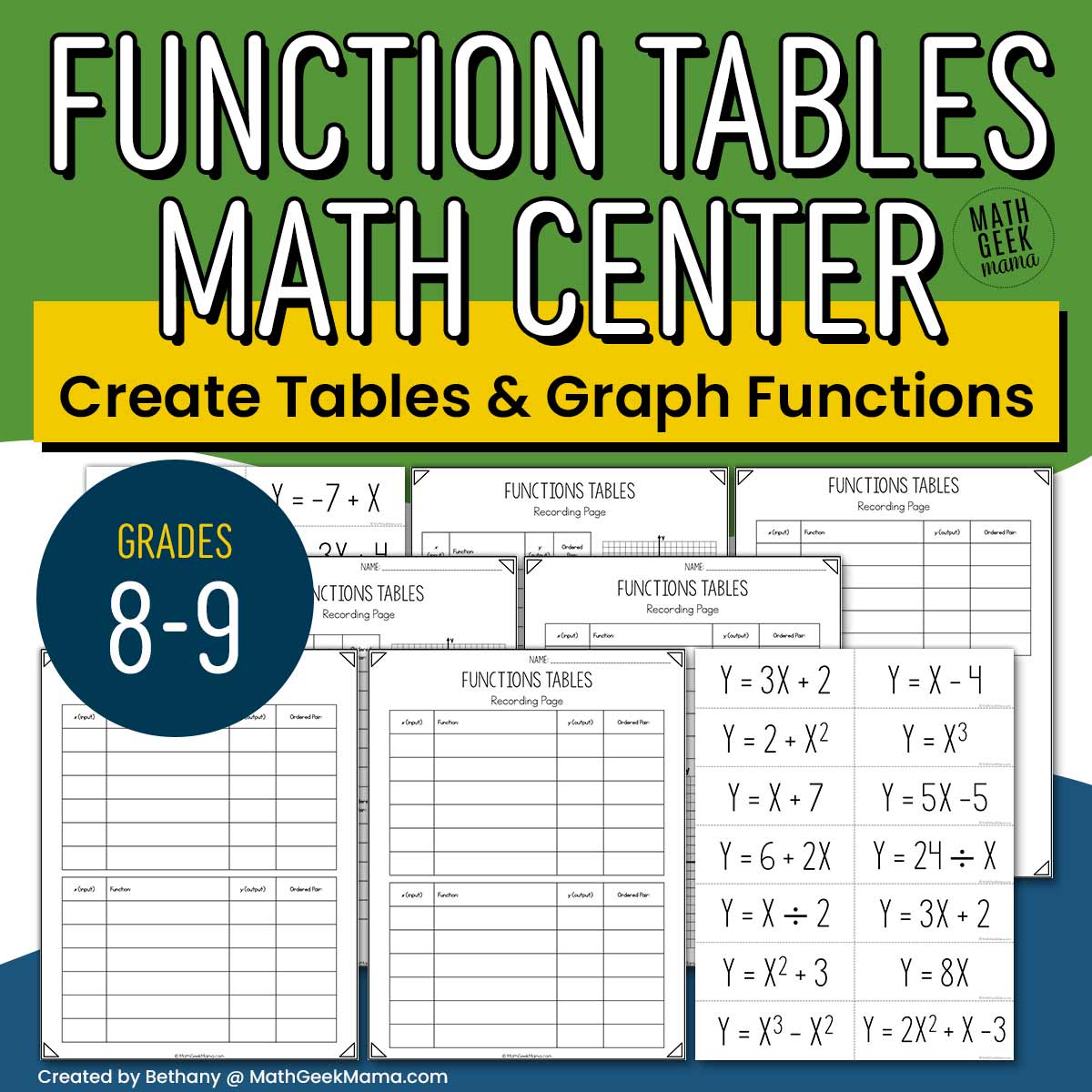
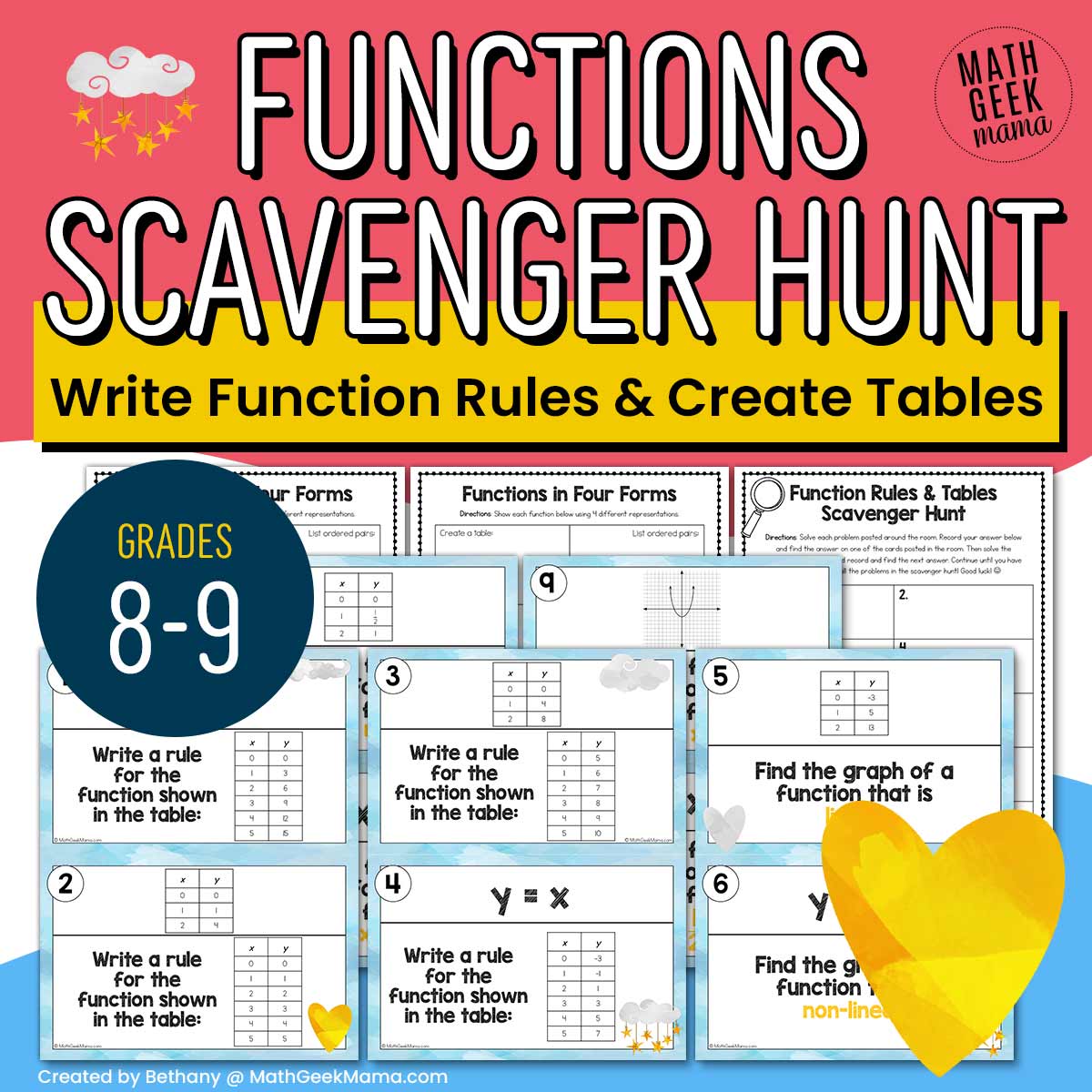
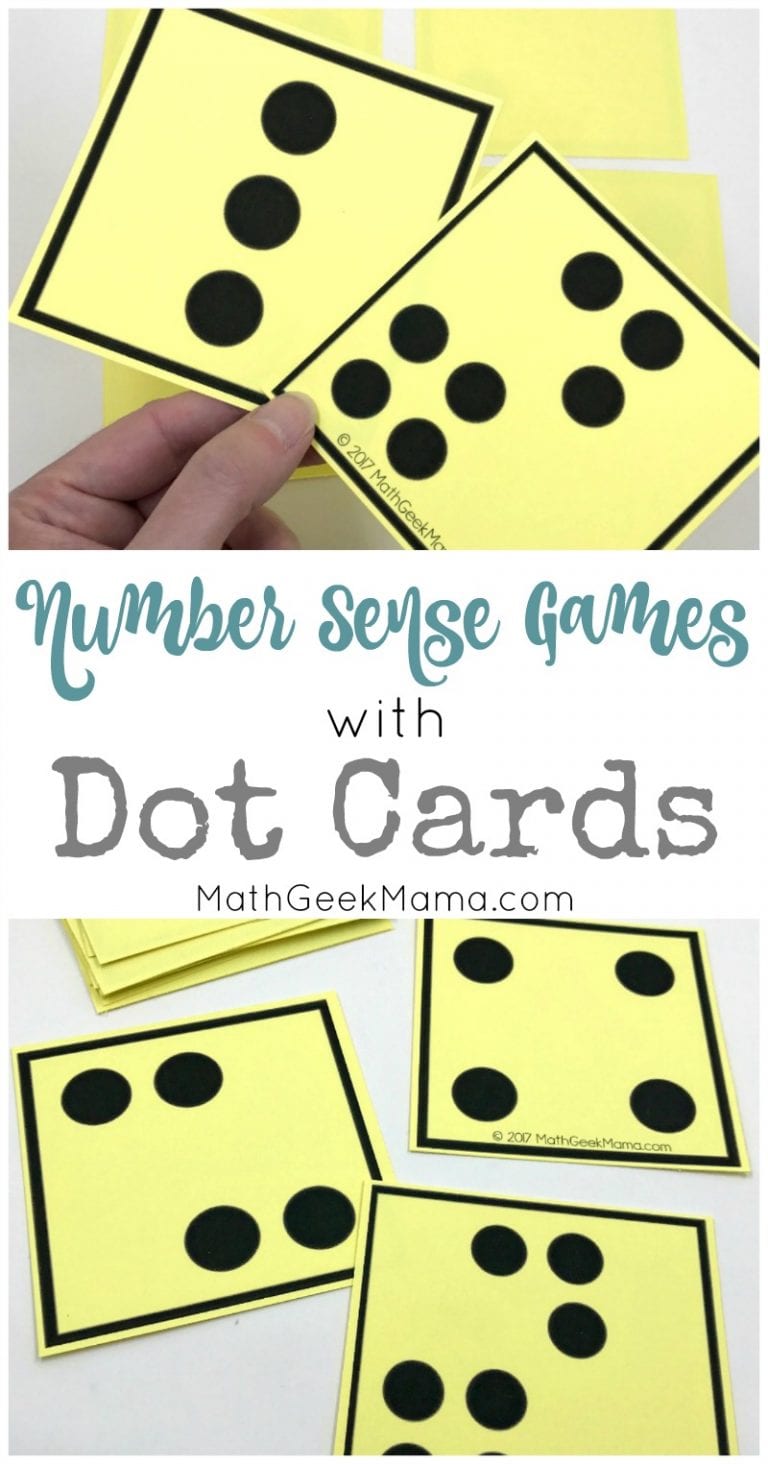
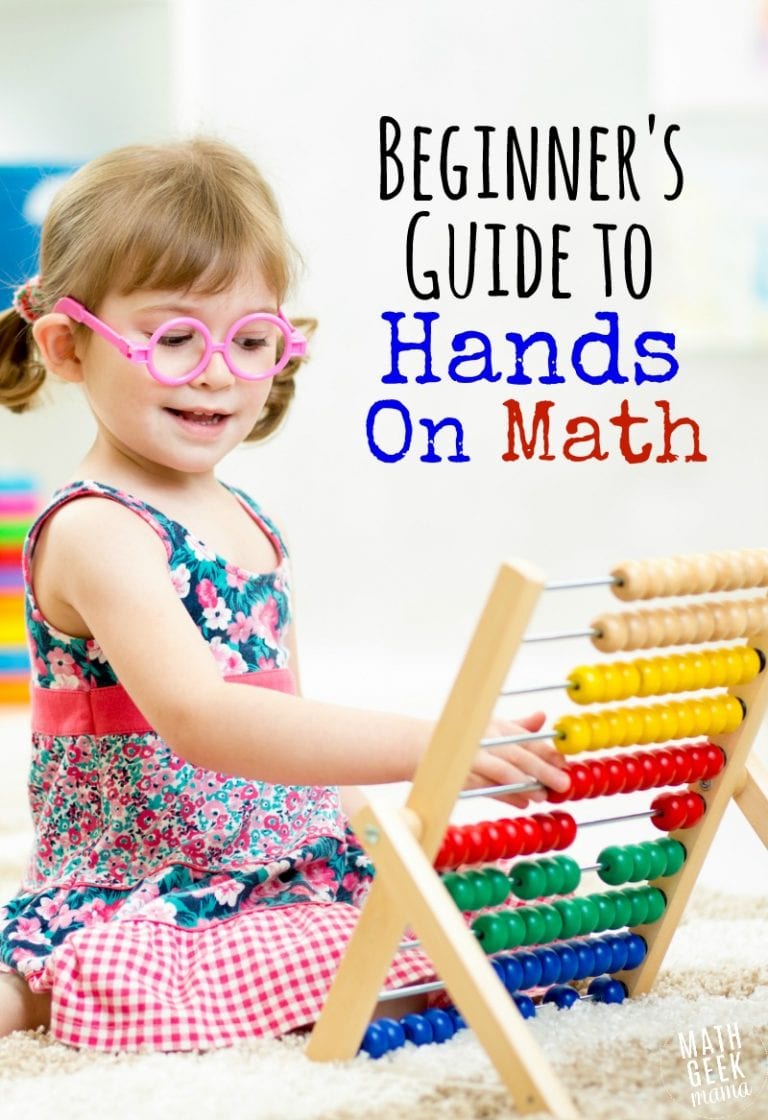
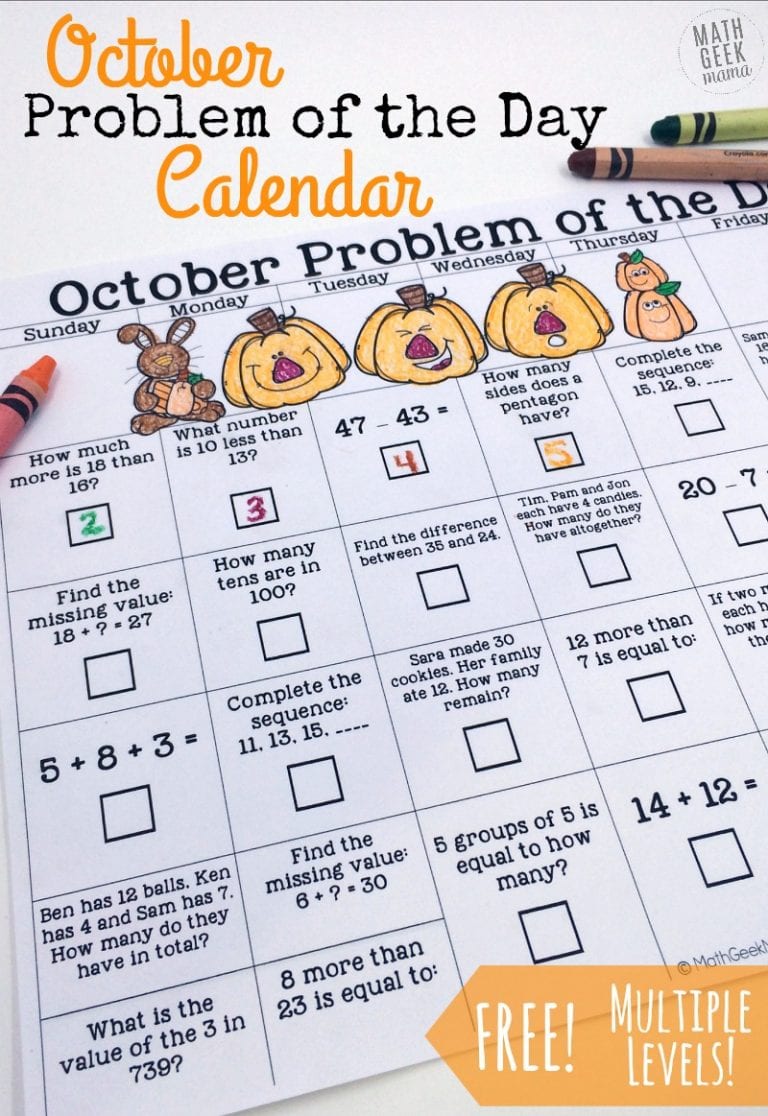
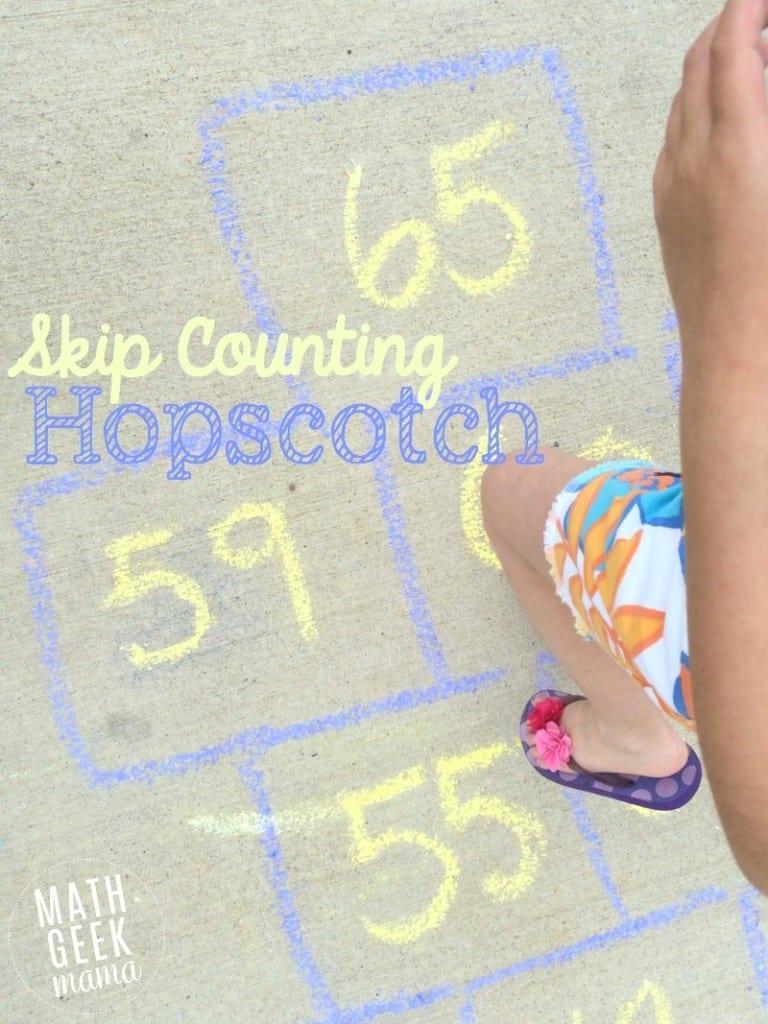
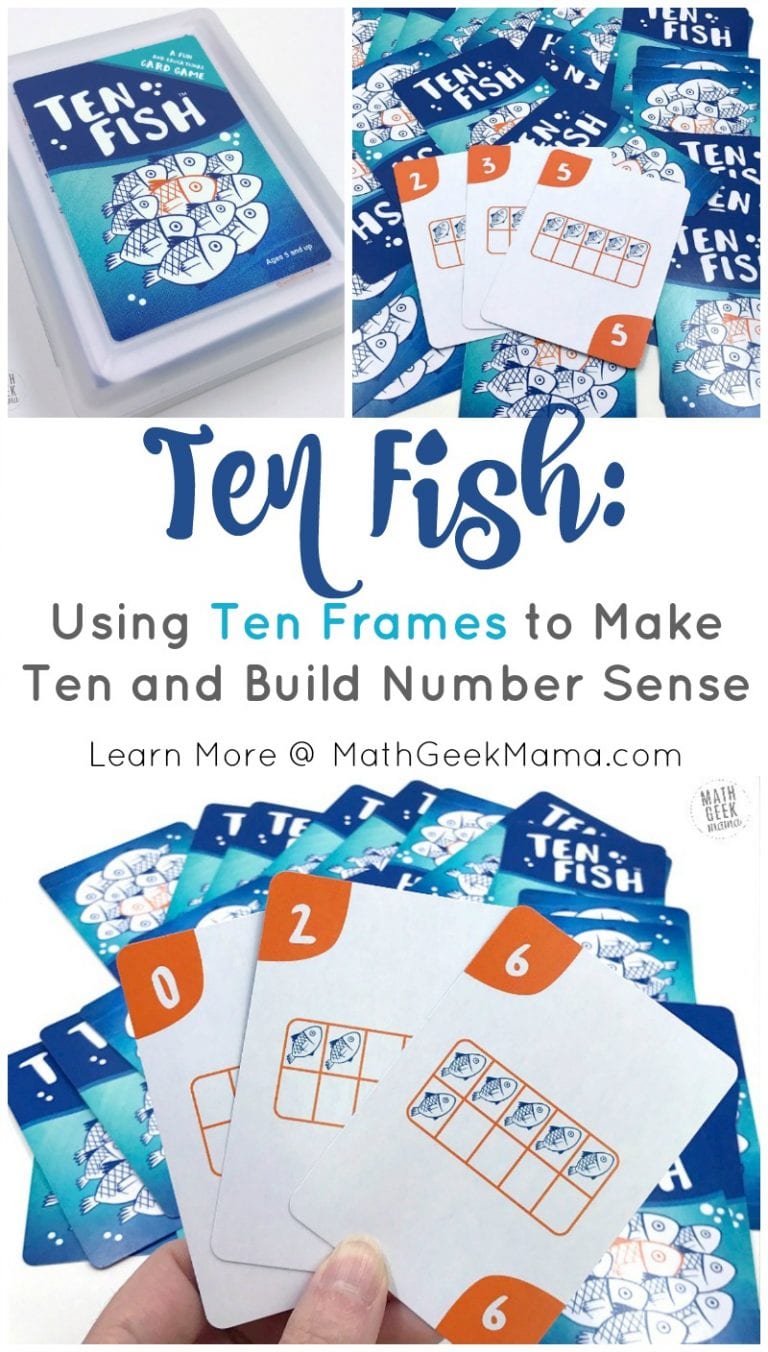
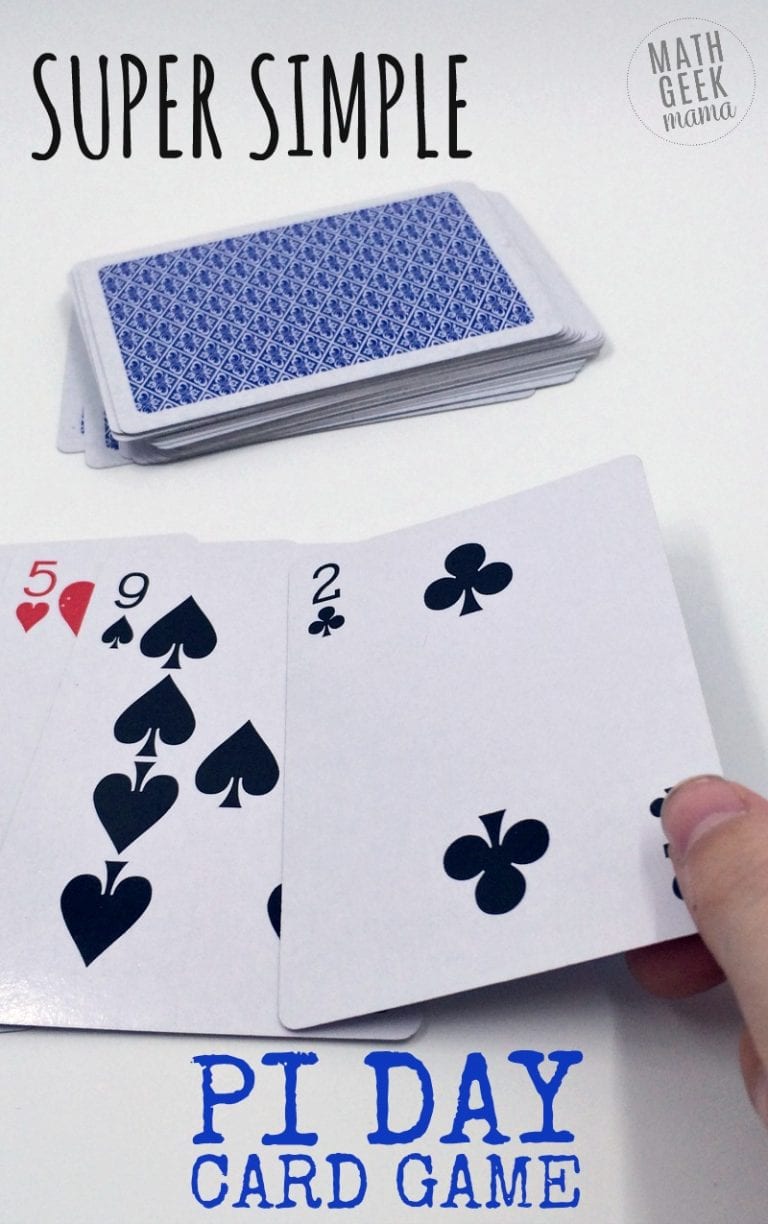




One Comment
Comments are closed.